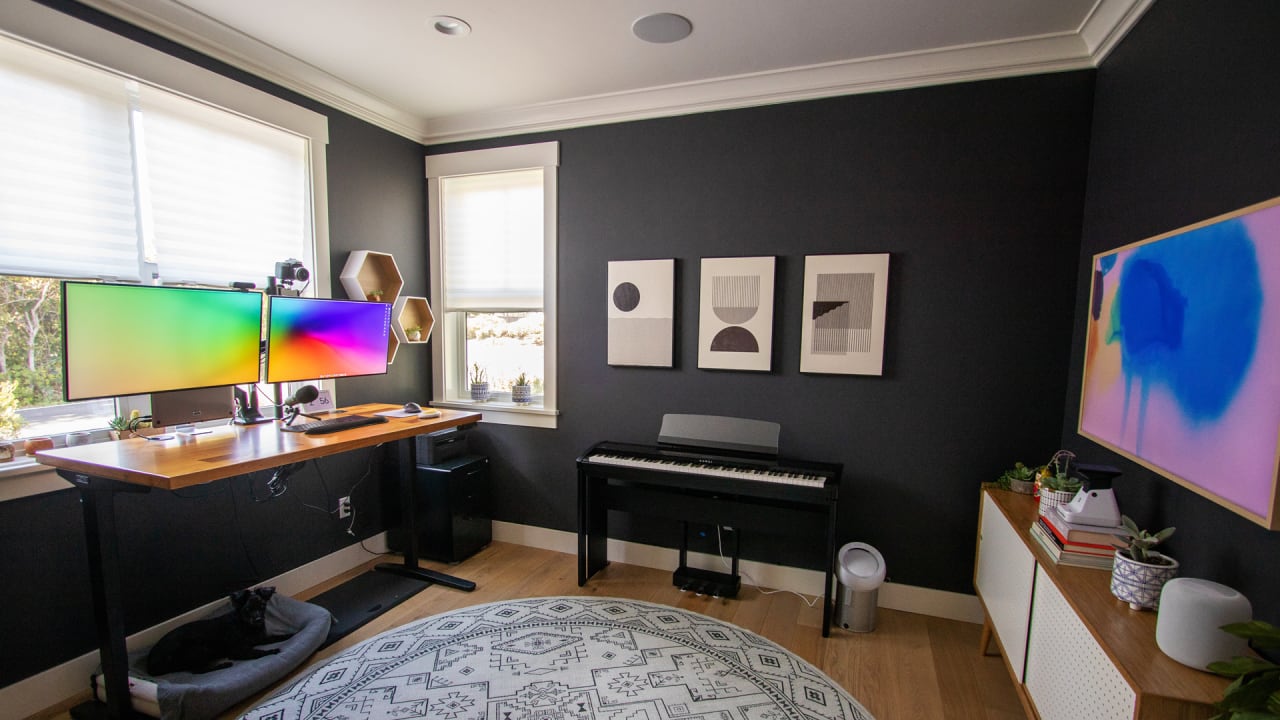
Now that you see the list of scheduled meetings, be sure to remove appropriate recurrences (e.g., Spring Break and Thanksgiving). Tip: To avoid a 24-hour recording, always be sure to leave your meeting by clicking on the End Meeting button on the bottom left. That way, you can ensure that your current students have a link specific to this semester and that students from previous semesters cannot enter this semester’s meetings.Ĭomplete the remaining fields as desired. Note: All recurring meetings should have a start and end date that corresponds with the semester. To set up recurring meetings for regular intervals, check the Recurring meeting box. Enter the appropriate information in the Duration fields as well.

In the When fields, enter the first date of class. That way, when you teach over multiple semesters and years, you don’t have hundreds of recurrences of ENG 132 and spend precious time determining which meeting to join. Remember that in the optional description field, you can add more detail. Instead of just naming a meeting ENG 132, try Spring 2018 ENG 132.701. Note: When naming meetings for class, it is always a good idea to be very descriptive. The logical information to put in the Topic field is the name of your class. Schedule your recurring class meeting for the semester by clicking the Schedule a New Meeting button and filling the boxes appropriately. (If this were to happen, students from past semesters could join this semester’s meetings if they still have the link.) Select Meetings in the left menu and check to ensure that any previous semester’s meetings are not going run into the current semester. You cannot retrieve data from deleted meetings.) If you find that a previous semester’s meetings are listed in your upcoming meetings list, you can edit the meeting and change the end date to be the end of the previous semester, but do not delete the meetings. (For example, if you scheduled a meeting to run from the start of the fall semester to the end of the fall semester, make sure you are not seeing it in your upcoming meetings list. To do this, log into, choose Meetings, and choose Upcoming meetings. Note: If you had used Zoom to teach in a previous semester and had set up recurring Zoom meetings for those classes, check to ensure all previous semester meeting recurrences are stopped. Before the Semester Starts – Schedule Your Meetings
How to set up a zoom room tv#
The picture below shows the two projectors and TV all displaying the Zoom Rooms information. Speakers – These may be in the ceiling or attached to the computer.ĭMPS – This is device connects all equipment in the room together and stays in the small cabinet near the podium.īlu-Ray player – Some Zoom Rooms also have a Blu-ray player. TV – The room may include a large, flat-panel television.

Projectors – There will also be one or two projectors in the room. There may be more than one camera, and the microphones may hang from the ceilings. desktop, document camera) is shared on individual screens in the room as well as in Zoom.Ĭamera(s) and microphones – These are attached to the ceilings, walls, and/or monitor.
.png)
(Think of it as a replacement for the Zoom application you use to attend a Zoom meeting from your office or personal computer.)Ĭrestron panel – This panel allows you to control what content (e.g. IPad – This is the interface for starting, ending, and controlling the Zoom meeting. (The only thing it does is run the Zoom Room software.) Zoom Room computer – This is a machine dedicated to the Zoom Room application and that cannot be used for the purposes of teaching.

A typical Zoom Room includes the following equipment:ĭesktop computer – This is the computer that you will use to show a PowerPoint, a video, Internet resources, etc.


 0 kommentar(er)
0 kommentar(er)
